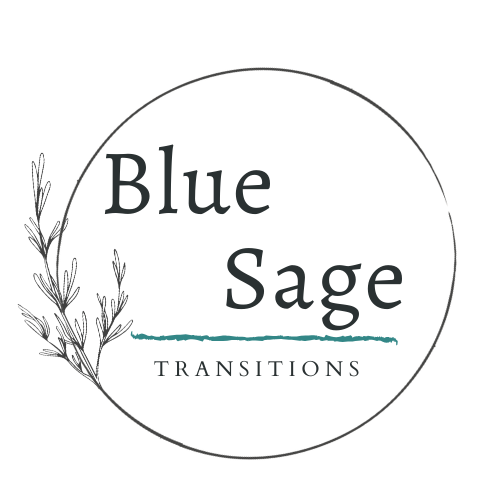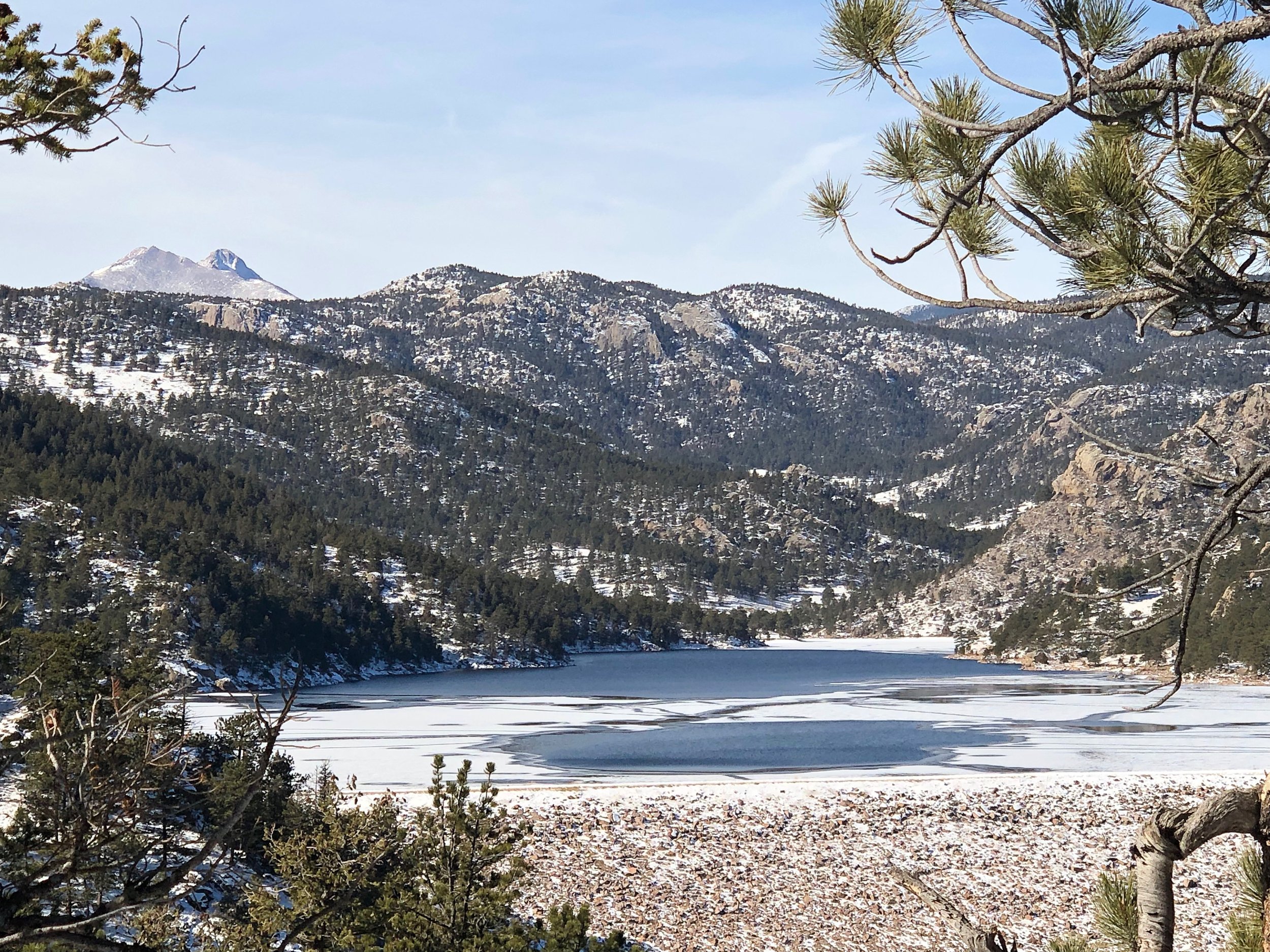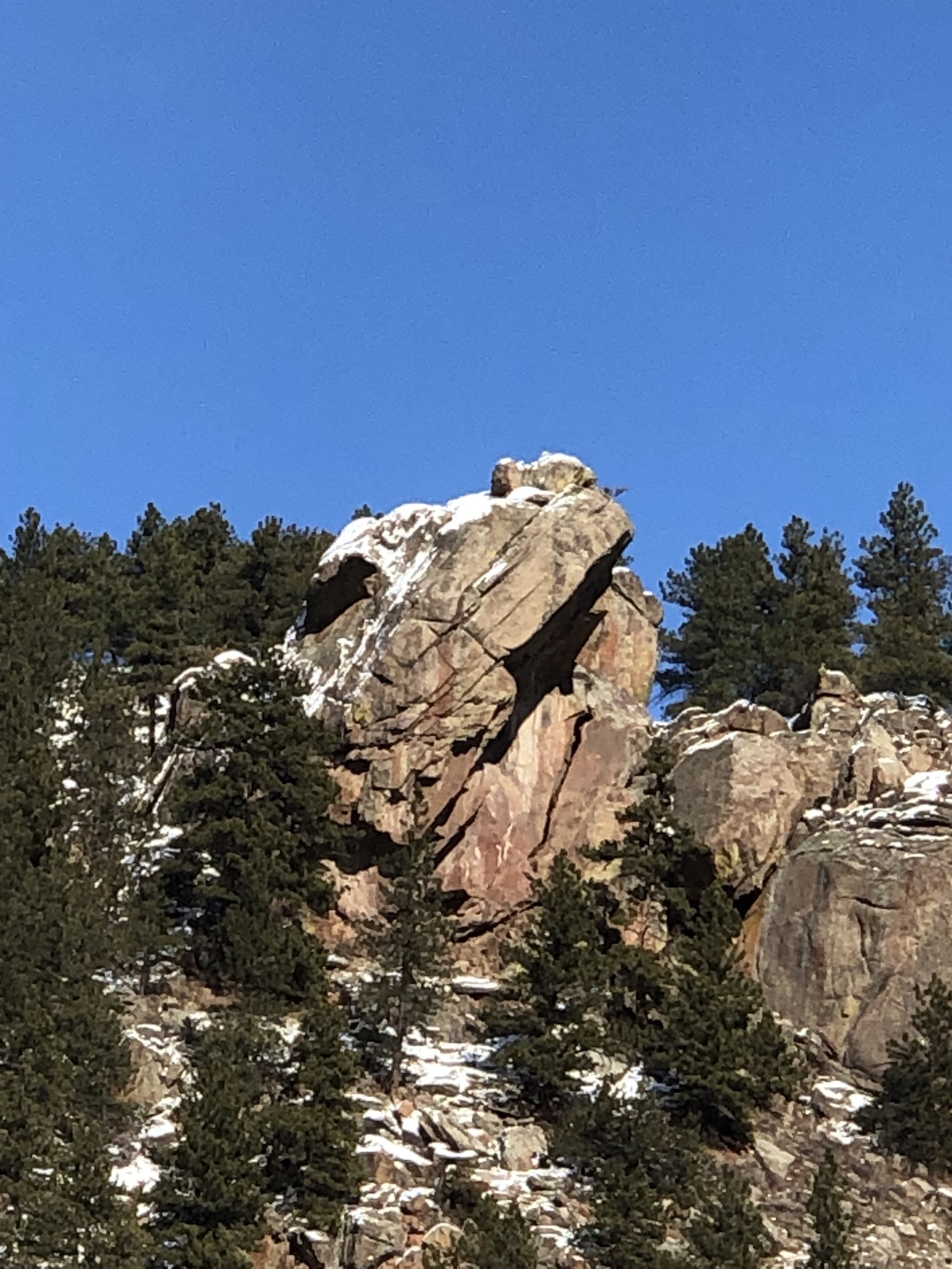And if the body were not the soul, what is the soul?
—Walt Whitman, “I Sing The Body Electric”
The freezing January morning began with an agitated, late me getting into my car and careening through a stop sign at the end of an icy street. I remain extremely thankful for the absence of oncoming cars when I went sliding into the intersection. External factors beyond my control delayed my arrival at the office. Shaken, but still on top of my shit, I began my first telehealth session with my open laptop resting on one palm while I used my other trembling hand to open the office door. Welcome to fucking 2023.
By mid-afternoon of that Friday, I had enough presence of mind to find my way to Dacher Keltner’s recent appearance on his friend Dan Harris’s podcast. I had listened to an interview of Keltner this past summer about his experiences with and research on awe. The way he described bearing the unbearable after he lost his younger brother to colon cancer got me. I hoped this latest conversation with Harris, which followed the recent publication of Keltner’s book, could bring me back to my senses and, ideally, some calm.
Keltner and Harris delivered. They also revealed the depth of their connection through contagious, untethered laughter. Keltner made a compelling argument that awe is precisely the emotion that can help us to feel less isolated and more connected to each other and what matters most to us. As the relentless, noisy voices and violence vie for our attention and the pervasive disconnect from ourselves and each other is becoming impossible to ignore, we need awe more than ever. Given my commitment to becoming more embodied, I particularly appreciated Keltner’s emphasis on the physiological markers of awe: internal warmth, goosebumps, and tears coming to our eyes.
Hazel who rolled that window down all by herself
As I contemplated awe while walking the dog, my morning sessions came to mind. I recalled one of my clients imagining holding the neglected five-year-old boy within him as he and his young daughter exchanged goodnight “I love yous.” And the tears that came to both of our eyes when he did so.
Another client described imagining several loving and badass women—her “power posse”—supporting her while she found the strong back to voice how she is and is not willing to be treated. In response to the all-too-frequent experience of others dismissing her perspective, she asserted on that day with such clear confidence, “Not today, not ever.” Goosebumps.
Turns out I get daily doses of awe as a therapist. I just was not naming and savoring them as such. Without intentionally enriching and absorbing these moments, I was missing the opportunity to integrate them and, so, to link the difficult moments with the awe-inspiring ones.
Hazel and her stick, which she will retrieve but not relinquish
Two days later, I decided I needed some soul medicine. Keltner had highlighted eight practical ways to feel awe, including going into nature. Given my proximity to abundant natural beauty, I headed to the nearby mountains, again with the dog. I wanted to connect more fully to something bigger than myself and drew on my new understanding of awe to help me.
North Saint Vrain Creek
These practices did not disappoint. Granted, the breathtaking Rocky Mountains meant I did not have to work very hard. But I did make a conscious effort not to get lost in my thoughts and instead to notice and delight in the wondrous details of my surroundings. The way the ice and running water collided, for example.
Above the Ralph Price Reservoir
When I got to the summit, I remembered an Internal Family Systems practice called the path exercise. Essentially, you are invited to go on a hike with your wise Self—the one who embodies the “C” qualities of compassion, connectedness, creativity, calm, curiosity, confidence, connectedness, and clarity. Upon arriving at the farthest point on the path, you inquire if the universe has a message for you. So when I crested the ridge, I turned toward the sun, closed my eyes, and asked. As I listened to the rushing water below and felt the warmth penetrate my skin, the Irish blessing I first heard when my sister sang it in her high school choir rang through my ears:
May the road rise up to meet you. May the wind be always at your back. May the sun shine warm upon your face; the rains fall soft upon your fields and until we meet again, may God hold you in the palm of His hand.
Now I had tears in my eyes. Dacher’s mention of mystical experiences? Check.
If only the story ended there. Or maybe not. One of the many things I appreciate about Glennon Doyle’s public revelations on healing anorexia is the way she resists waiting to share her process until some final, complete “ta-da” moment. She has let us into the messy middle. What a gift.
“Reptile-Face Rock”
Soon after I came down the mountain, old and familiar triggers bombarded my fledgling sense of peace and belonging. A little more than twenty-four hours after that “peak experience,” I was back in a dark tunnel, believing I was all alone. Whether it was my practice with mindfulness and self-compassion or something more mysterious that came to my aid, I eventually was able to connect to a larger awareness as I looked at the disgraced face staring back at me in the bathroom mirror. I realized I was neck-deep in the story that the world is super fucked up and so am I. Shame, that deep, ancient, relentless friend, had returned.
Having named what was happening, I was able to crawl into bed and begin to relate to myself more gently and generously. I also remembered Christina. From the first day I met this seasoned therapist and grandmother who trained me to treat trauma, I knew she saw me as I wished to be seen. I surrendered to my desire to fall into her embrace. And as I gave myself permission to yield into her imagined arms, I reconnected to that Self on the mountain who could hold the youngest, wounded parts of myself. With some peace restored, I fell asleep.
The next morning, I took the risk of saying aloud to actual loved ones what was going on with me. And I was met. When I saw my therapist later that day, she reminded me how hard the last three years have been. She declared, “You momentarily lost sight of your exquisiteness.” She invited me to think of my developing sense of internal goodness as a bud that needs regular tending and protection if it is to more fully and sustainably bloom.
I immediately thought of Galway Kinnell’s verse, a part of which I’ve long flirted with tattooing on my body. I looked it up right after my session ended:
The bud
stands for all things,
even for those things that don’t flower,
for everything flowers, from within, of self-blessing;
though sometimes it is necessary
to reteach a thing its loveliness,
to put a hand on its brow
of the flower
and retell it in words and in touch
it is lovely
until it flowers again from within, of self-blessing.
Feeling not only gratitude for this wise, loving therapist but also feeling warmth in my body, I remembered Keltner’s portrayal of encounters with moral beauty. Another experience of everyday wonder.
Exactly a week after my mountain adventure, several mass shootings and the heinous police beating of Tyre Nichols have taken place. I am more grateful than ever for those who refuse to give up searching for awe in the face of such horror. As adrienne maree brown instructed on her Instagram post this morning, which was, not incidentally, full of musical awe, “Stay soft.”
Awe will not eradicate police brutality or heal the power-hungry narcissism and greed of our political leaders. But it just might remind us, as Clint Smith remarkably does, that rebirth is possible and, also, that we are part and parcel of the wonder all around us.
“Dogs are not our whole life, but they make our lives whole.” —Roger A. Caras










